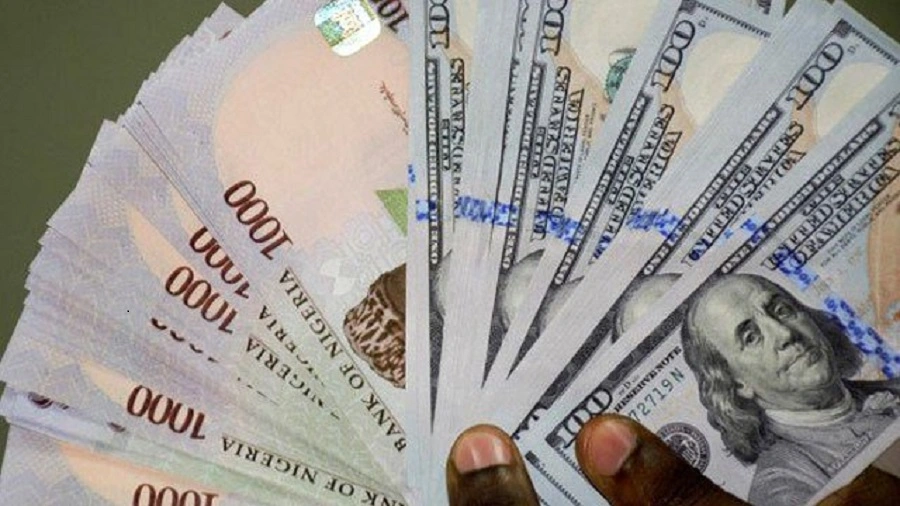In 2022, the naira’s value against the US dollar reached historic lows, particularly in the black market. The naira continued to deteriorate as the Central Bank of Nigeria (CBN) attempted to consolidate the system of exchange rates into a single rate.
Due to the limited supply of foreign currency, manufacturers, investors, and private individuals turned to the black market to purchase it.
The dollar sold for N740 at the end of 2022, up from N565 at the start of the year.
The naira finished 2022 with an 8.56% decline on the Investors and Exporters (I&E) forex window, which is Nigeria’s main FX market.
The Naira’s Current Situation
Rising inflation and a lack of foreign currency reserves are fueling current naira devaluation speculation.
Another cause for concern is the poor performance of current account balances, the decline in foreign reserves, and the small difference between oil prices and the budget benchmark price. If these conditions persist, the naira may face increased pressure in the medium term.
This is true despite the fact that the dollar has remained relatively stable on the official market.
A decrease in foreign reserves
Despite the CBN’s ongoing efforts to protect the naira, Nigeria’s loss of $37 billion in foreign reserves has cast a pall over the naira. Furthermore, oil receipts into the CBN’s coffers have virtually vanished.
Foreign direct investments (FDI) in Nigeria have significantly decreased since the impact of the covid-19 outbreak, falling to record lows, putting the country’s dollar liquidity in jeopardy. According to National Bureau of Statistics data, Nigeria received $302.13 million in FDI between January and June 2022. (NBS).
Forecasts for the Nigerian naira
According to Alex Sienaert, the World Bank’s senior economist for Nigeria, debt service will consume 123.4% of federal government revenue in 2023.
He stated that the rising debt service-to-revenue ratio and the size of Nigeria’s public debt, both of which will put additional pressure on the local currency by 2023, are both cause for concern.
Productive spending is being squeezed out by debt payments, which have increased over the past decade and are expected to continue growing over the medium term, he said.
- Tatonga Rusike, an economist at Bank of America, forecasted a pessimistic outlook for the Nigerian naira. He predicted that during the next six to nine months, the value of the naira relative to the dollar might fall by about 20% at the official market. Rusike estimated that NGN traded above fair value by about that much.
- Domestic oil production issues (which negate the impact of rising global oil prices), ongoing US-dollar demand backlogs, depleting FX reserves, and remittances that are still below pre-pandemic levels will all exert sustained downward pressure on the naira.
- The trade-weighted dollar will probably continue to be very strong on a broad scale. Throughout 2023, the dollar may fall more in the year’s second half.
- As the Fed approaches its expected destination and eases off from 75 basis point rises, the dollar has already reached its top relative to other major currencies. However, it is still extremely expensive and vastly “overvalued.”
- The strong labour market in the United States gives the U.S. FED more ammunition to tame inflation thus continually adding more pressure on frontier markets currencies like the Nigerian naira, as investors increasingly flock to the haven currency (USD).
- Overall, if mild recessionary factors are pushed back to the second half of 2023, the Fed will likely maintain a strongly restrictive stance, especially in the first half. Later in the year, market yields could ease, making the dollar more attractive.
- To increase foreign capital inflows to the economy, the International Monetary Fund (IMF) encouraged the CBN to let commercial banks set dollar buy-sale rates. According to the international organization, maintaining a stable and market-clearing currency rate is essential to boosting investor confidence and drawing more foreign money into the economy.











